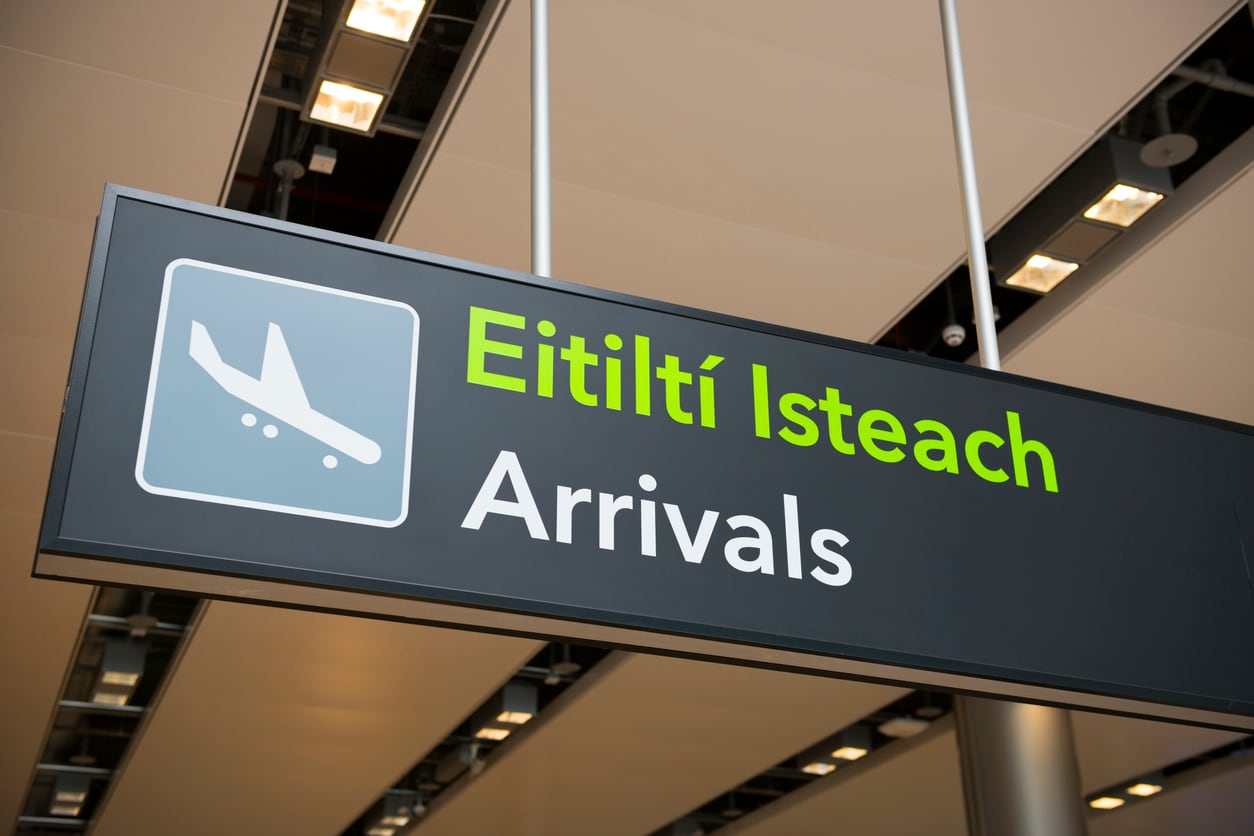Ireland saw a significant increase in immigration in the year leading up to April 2023, with 141,600 people arriving into the State, according to an annual review of migration and asylum in Ireland by the Economic and Social Research Institute. This represents a 31 per cent increase from the year to April 2022.
However, emigration also increased, with 64,000 individuals leaving Ireland during the same period, marking a 14 per cent increase from the previous year.
This gives net inward migration of 77,600, a 50 per cent increase from the year before.
With an overview of the latest data as well as policy and operational developments, research and case law from 2022, the ESRI report, released on Wednesday, is a comprehensive overview of the migration landscape in Ireland.
RM Block
The report shows that many forms of migration are recovering quickly from Covid-19 travel restrictions. It also shows that migration is being impacted by shortages in the labour market and the Russian invasion of Ukraine. As a result of these developments and others, Ireland saw an increase in immigration, the report states.
The year 2022 saw a significant increase in first residence permits (which are granted to migrants from outside the EEA) from 2021.
Some 85,793 permits were issued in 2022, with education the most common reason for permits (48 per cent).
Partially reflecting changes to eligible occupations for employment permits, the number of employment permits issued was the highest in the last 10 years.
In total, 39,995 employment permits were issued, with the information and communication sector the largest recipient of permits.
Looking at the broader EU situation, the report shows that applications for international protection in Ireland accounted for 1.3 per cent of the EU total in 2022.
A total of 13,651 applications for international protection were made in 2022. This marked a significant increase from previous years (a 415 per cent increase from 2021 and a 186 per cent increase from 2019, the last comparable year before Covid-19 travel restrictions), and the highest number of asylum applications on record in Ireland.
The top-three countries of origin among applicants were Georgia, Algeria and Somalia.
There was also a significant increase in the number of pending applications at the end of 2022 compared with previous years, to 14,865.
The report also details the pressure on the reception and accommodation system for international protection applicants and beneficiaries of temporary protection, as well as the extraordinary measures taken to scale these up.
The temporary protection directive – an EU directive that creates an exceptional measure to provide immediate and temporary protection in the event of a mass influx of displaced persons – was triggered for the first time in March 2022, following the Russian invasion of Ukraine.
[ Fintan O'Toole: In Ireland we barely talk about immigration. It’s easy to see whyOpens in new window ]
The report includes a dedicated chapter with statistics relating to arrivals and a detailed overview of Ireland’s response to displaced persons from Ukraine.
As of December 2022, 67,448 people had arrived in Ireland from Ukraine under the temporary protection directive, according to personal public service number (PPSN) data, the report states.
As of December 2022, 13 per cent of arrivals (8,654) were enrolled in primary education, 7 per cent (4,875) in secondary and 20 per cent (13,619) in further education and training, of which 86 per cent were English language courses.
The report also gives a comprehensive overview of other areas of migration, as well as research and case law from 2022.
Keire Murphy, one of the authors of the report, said it could be used as a “key tool for understanding what is happening in migration in Ireland and to show where the landscape is changing or remaining stable”.
The 2022 report showed that, as in other EU countries, migration in Ireland is “recovering from the travel restrictions of the previous years, with numbers across migration types returning to previous levels or higher”, she said.
















